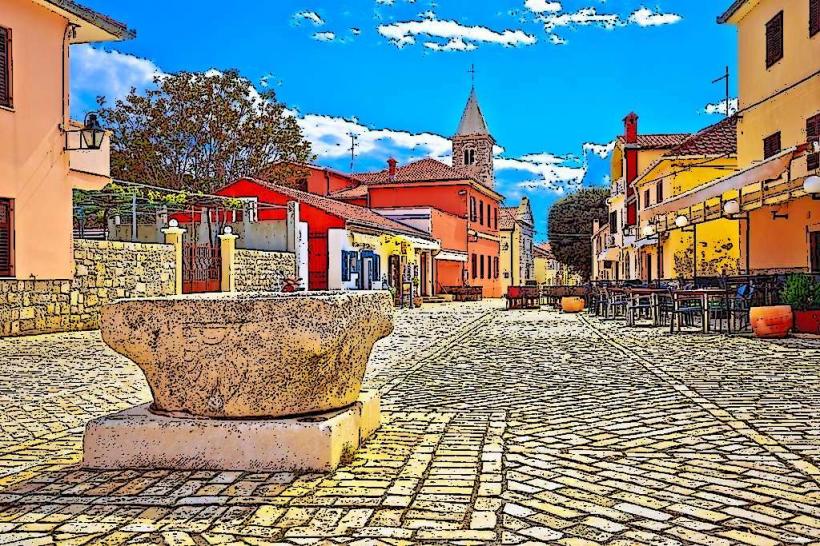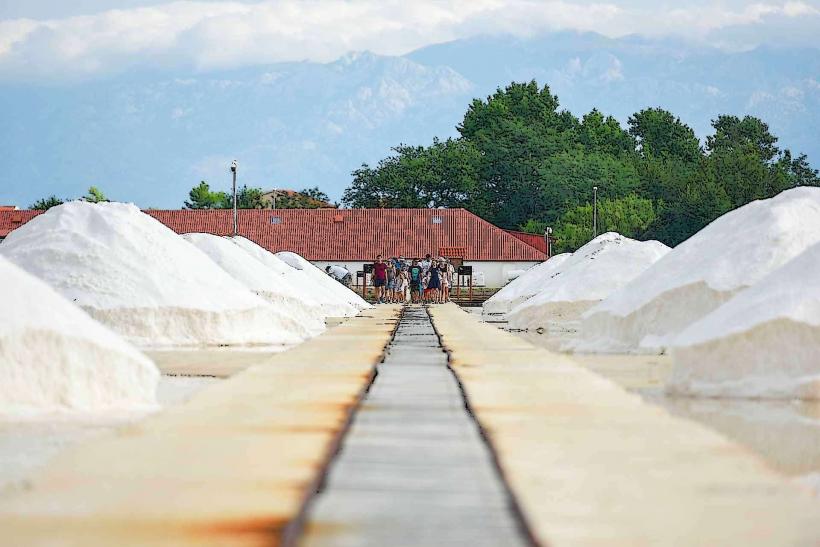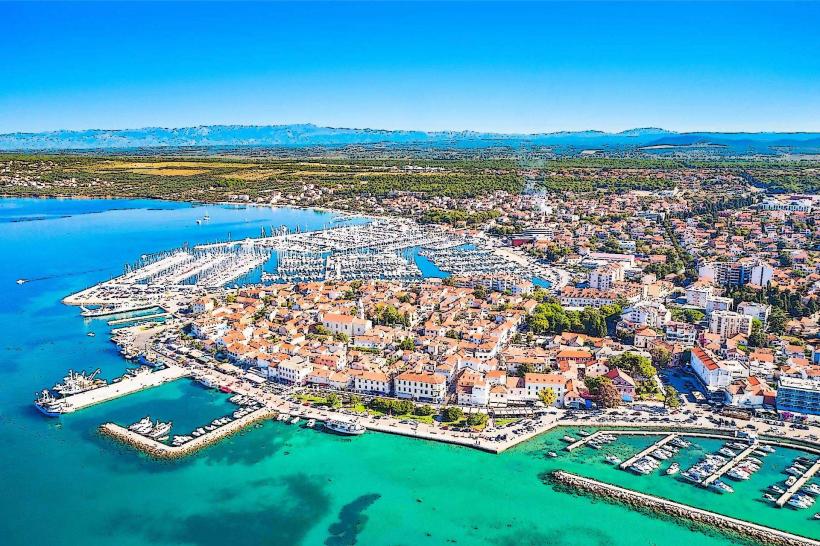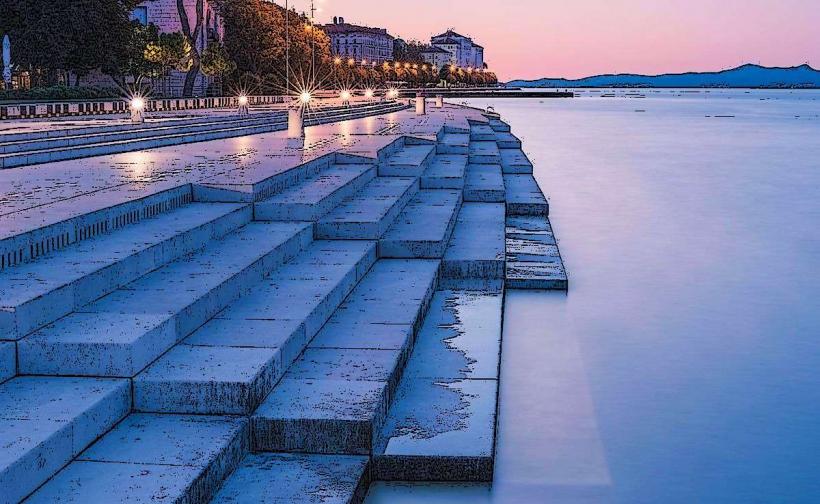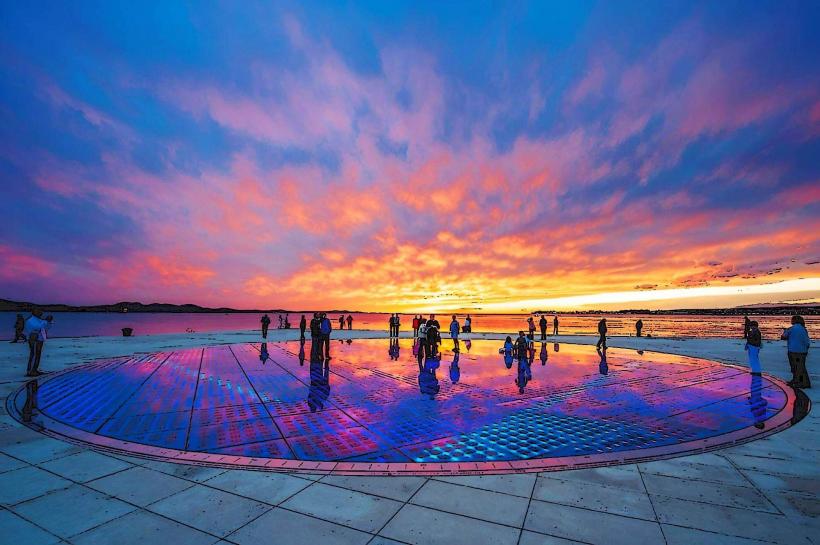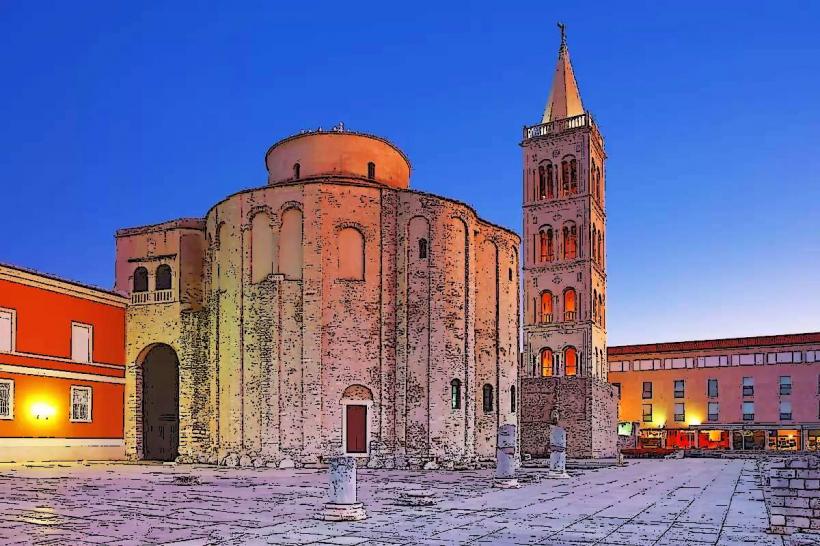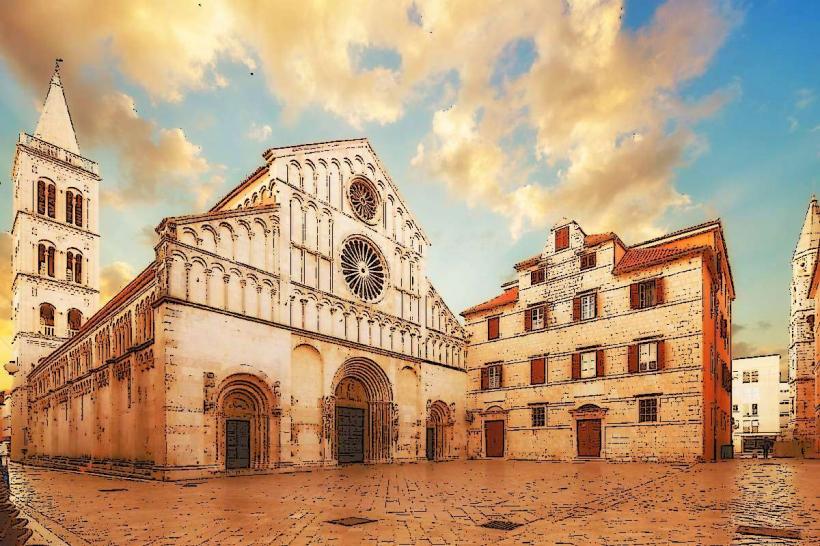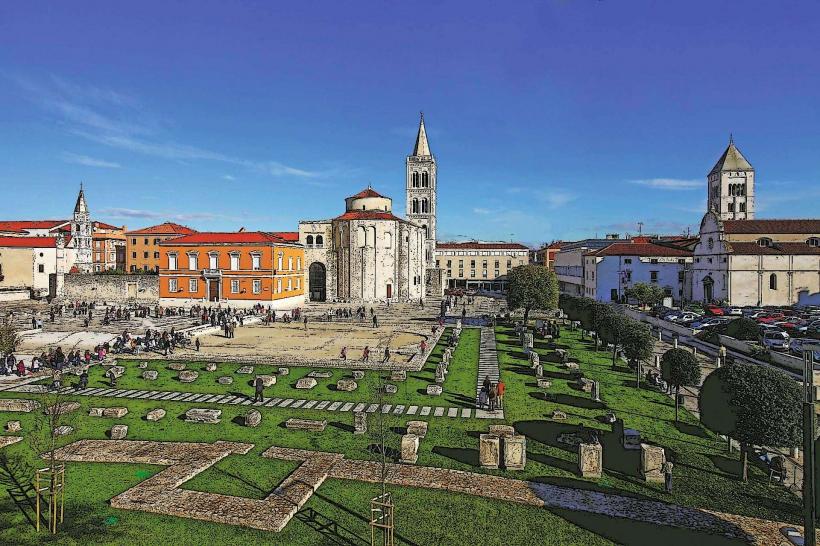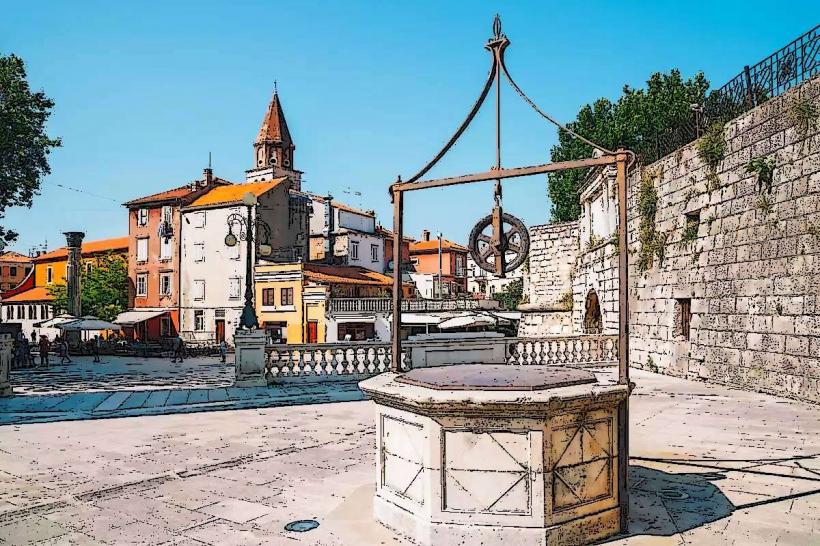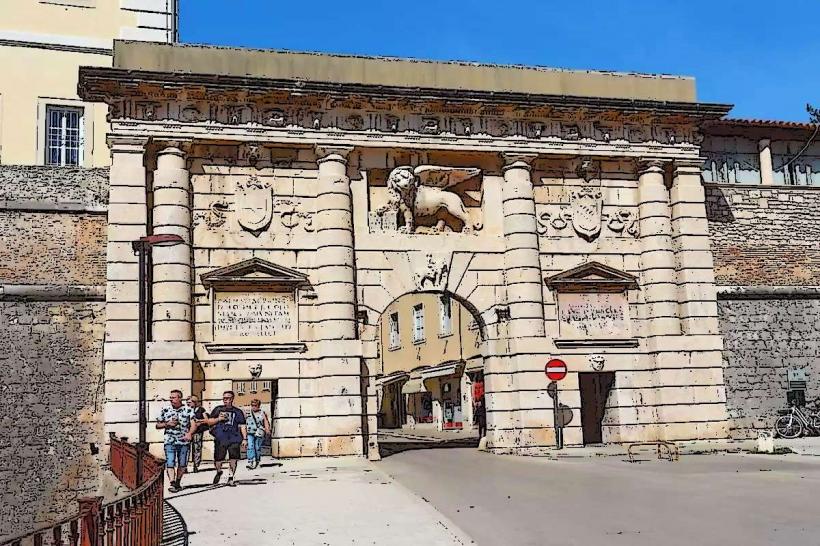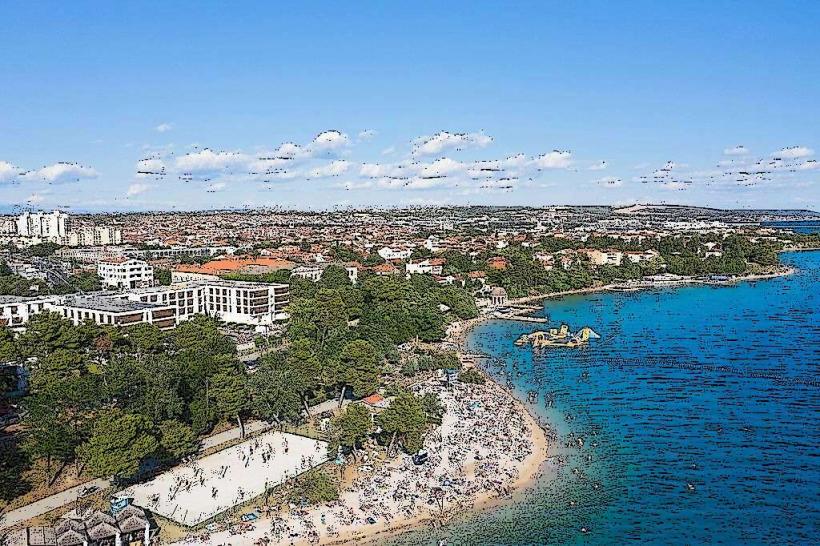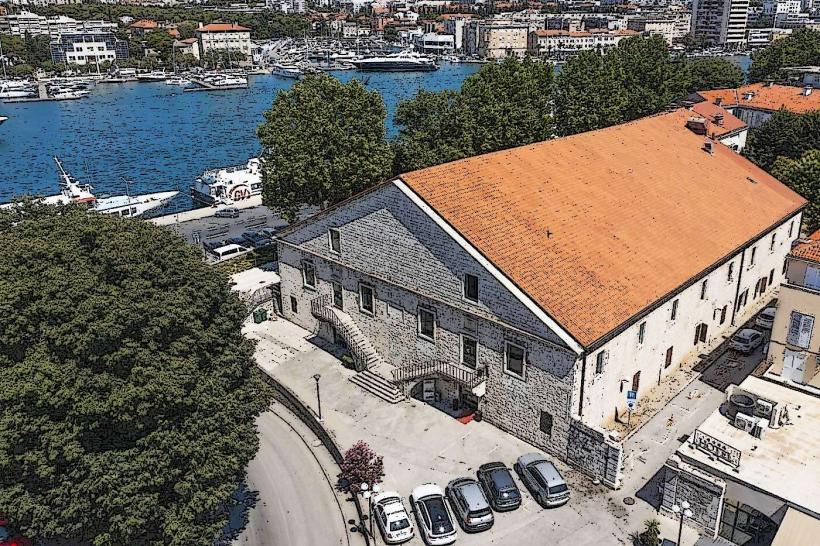Information
Landmark: Museum of Ancient GlassCity: Zadar
Country: Croatia
Continent: Europe
Museum of Ancient Glass – Zadar, Croatia
The Museum of Ancient Glass in Zadar is a unique and captivating institution dedicated to the art, craftsmanship, and history of glassmaking. Housed in a restored 19th-century Cosmacendi Palace overlooking the harbor, the museum features one of the most extensive collections of ancient glass artifacts in Europe. It is a must-visit for history enthusiasts, art lovers, and those curious about the beauty and innovation of ancient cultures.
Highlights of the Museum
Extensive Collection
- The museum boasts over 5,000 glass artifacts dating from the 1st century BCE to the 5th century CE, primarily from the Roman period.
- Items include bottles, cups, jars, vials, and decorative objects, many of which were used for everyday purposes or as burial goods.
Glassmaking Techniques
- Exhibits focus on ancient glassmaking techniques, such as blowing, molding, and casting, showcasing the evolution of the craft.
- Detailed explanations and visual aids help visitors understand the ingenuity behind these processes.
Live Demonstrations
- One of the museum's most engaging features is the glassblowing demonstrations, where skilled artisans recreate ancient techniques in real-time.
- Visitors can observe the transformation of molten glass into delicate objects, offering a fascinating glimpse into the craftsmanship of antiquity.
Burial Goods and Glass Jewelry
- A significant portion of the collection includes funerary artifacts, such as glass urns and perfume bottles, highlighting the role of glass in ancient burial customs.
- Intricately designed glass jewelry pieces reveal the aesthetic preferences of ancient cultures.
Historical Context
- Roman Zadar (Iader): Zadar was a vital Roman city, and its proximity to trade routes made it a hub for glass production and distribution.
- Burial Practices: Many of the artifacts in the museum were discovered in Roman-era graves around Zadar and Dalmatia, where glass was commonly used as a durable yet delicate material for offerings.
- Venetian Influence: The museum also touches on the later influence of Venetian glassmaking, bridging the ancient and medieval periods.
Exhibition Layout
Ground Floor:
- Introduction to glassmaking history and materials.
- Live glassblowing demonstrations.
First Floor:
- Ancient Roman artifacts, including drinking vessels, oil lamps, and perfume bottles.
- Interactive displays explaining glass production techniques.
Second Floor:
- Highlights include jewelry, amulets, and decorative items.
- Focus on burial customs and the significance of glass in ancient rituals.
Modern Features
- Interactive Displays: Touchscreens and videos complement the artifacts, making the museum experience engaging for all ages.
- Gift Shop: The museum shop offers replicas of ancient glass artifacts and locally crafted glass souvenirs.
- Café and Terrace: Visitors can enjoy refreshments on a terrace with beautiful views of the Zadar waterfront.
Interesting Facts
- Unique Focus: It is one of the few museums in the world dedicated entirely to ancient glass.
- Innovative Restoration: The museum is praised for its restoration efforts, preserving historical artifacts while blending them with modern displays.
- Local Finds: Most artifacts were excavated from archaeological sites in Zadar and Dalmatia, making the collection regionally significant.
Visiting Information
- Location: The museum is situated in the Cosmacendi Palace on Zadar’s waterfront, a short walk from the Old Town.
- Opening Hours: Hours vary seasonally, typically from 9:00 AM to 8:00 PM in summer and shorter hours in winter.
- Entrance Fee: Tickets are moderately priced, with discounts for children, students, and seniors.
- Guided Tours: Available for groups and highly recommended for deeper insights into the exhibits.
Nearby Attractions
- Sea Organ and Greeting to the Sun: Located along the waterfront, a short walk from the museum.
- Roman Forum: Explore more of Zadar’s ancient heritage in this open-air archaeological site.
- St. Donatus Church: A pre-Romanesque gem near the Old Town.
Conclusion
The Museum of Ancient Glass is a fascinating blend of art, history, and craftsmanship, providing visitors with a unique look into the world of ancient glassmaking. From its exquisite artifacts to its engaging live demonstrations, the museum offers an educational and visually stunning experience that connects modern visitors with the ingenuity and beauty of the ancient world.



